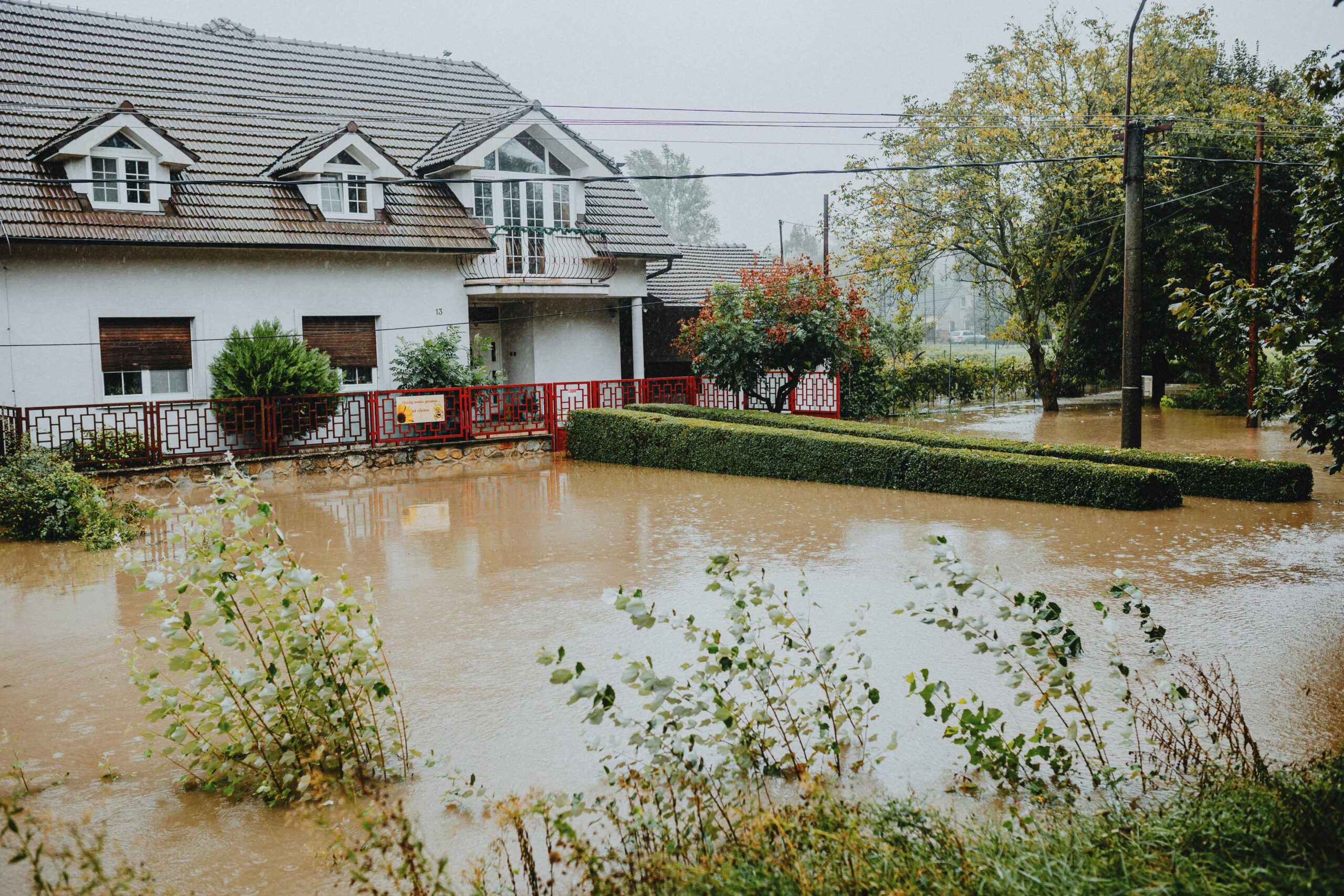Flood insurance and homeowner’s insurance are not the same thing—yet many homeowners mistakenly believe they are. Understanding the difference can be the deciding factor in whether your home is protected or not when water starts rising.
What’s Actually Covered?
The key difference is simple: homeowner’s insurance covers everything except flood damage. That includes things like theft, damage from a burst pipe (if pipes are covered), or a tree falling on your house. But if the water comes from the ground up—like rain runoff or a creek overflowing—that’s considered a flood, and it’s not covered under your typical homeowner’s policy.
In short:
- Covered under homeowner’s insurance: burst pipes, toilet overflows, hail storms, wind damage.
- Not covered: rainwater seeping in, sump pump failure, rising groundwater—unless you have flood insurance.
Flood Insurance Basics
Flood insurance is a separate policy, usually through a different carrier. It’s designed to cover damages from rising water—think heavy rain, overflowing rivers, or hurricanes. This kind of insurance generally protects from the knee down—so if you have valuable items on the basement floor or ground level, it’s best to elevate them above that threshold.
How to Prepare for Heavy Rain and Flooding
If a storm’s coming, take these steps to help protect your property:
- Clean your gutters and downspouts to make sure water is flowing away from the house.
- Check the slope of your yard to ensure water drains away from the foundation.
- Inspect and test sump pumps to make sure they’re working.
- Seal any visible cracks in concrete to help prevent water seepage.
- Elevate valuables off the basement or crawlspace floor.
Having a flood insurance policy is one step, but preventative maintenance is just as important.
Are Basement Floods Covered?
In New Jersey and Pennsylvania, flood insurance is required for flood coverage. Homeowner’s policies typically won’t cover groundwater seepage, sump pump failures, or rainwater entering the basement unless there’s a covered peril like a storm or broken pipe.
When it comes to rain without wind, it’s not covered unless you have a flood policy. It’s that simple.
Denied Flood Claims, Mold, and Avoiding Insurance Pitfalls
So you filed a flood claim and it got denied—what now? Many homeowners feel stuck at this point, but there’s a clear process you can follow to give yourself the best shot at overturning the decision.
Why Was the Claim Denied?
It all starts with reading the denial letter. Insurance companies must explain why the claim was denied. Your job is to gather evidence that supports your side:
- Review your policy for any conflicting clauses.
- Take photos of damage (before, during, and after, if possible).
- Document timelines and actions you took to mitigate the damage.
If the denial still stands, it might be time to bring in a public adjuster or even consider legal action.
Time Limits to Appeal
Most policies allow 60 days to appeal, but this can vary. Some offer 90, 120, even up to 180 days. Always check the terms of your policy. If you go through the full appeals process, you typically have up to one year to pursue legal action.
Does Flood Insurance Cover Mold?
Usually, no—but there’s an exception. If mold growth follows a covered water damage event (like a pipe burst while you were away), and you couldn’t reasonably address it in time, it may be covered. The mold has to be a result of a covered peril, not a delayed maintenance issue.
How to Avoid Underinsurance
Many denials happen because homeowners are underinsured. This happens when:
- You finish your basement and don’t update your policy.
- Your home value increases, but your coverage stays the same.
- You don’t purchase backup or flood coverage for high-risk areas.
Make it a habit to review your policy annually. Even small additions to your policy can significantly improve your coverage. For example, boosting flood backup coverage from $10,000 to $40,000 might only cost $50 extra per year.
Professional Help Matters
Insurance policies are complicated. Public adjusters like us at 21st Century Public Adjusters can:
- Help you file your claim properly from the start.
- Avoid costly mistakes and denials.
- Represent your interests in disputes with the carrier.
The most common mistake we see? Homeowners trying to fight alone. Don’t wait until your claim is denied to get help.

